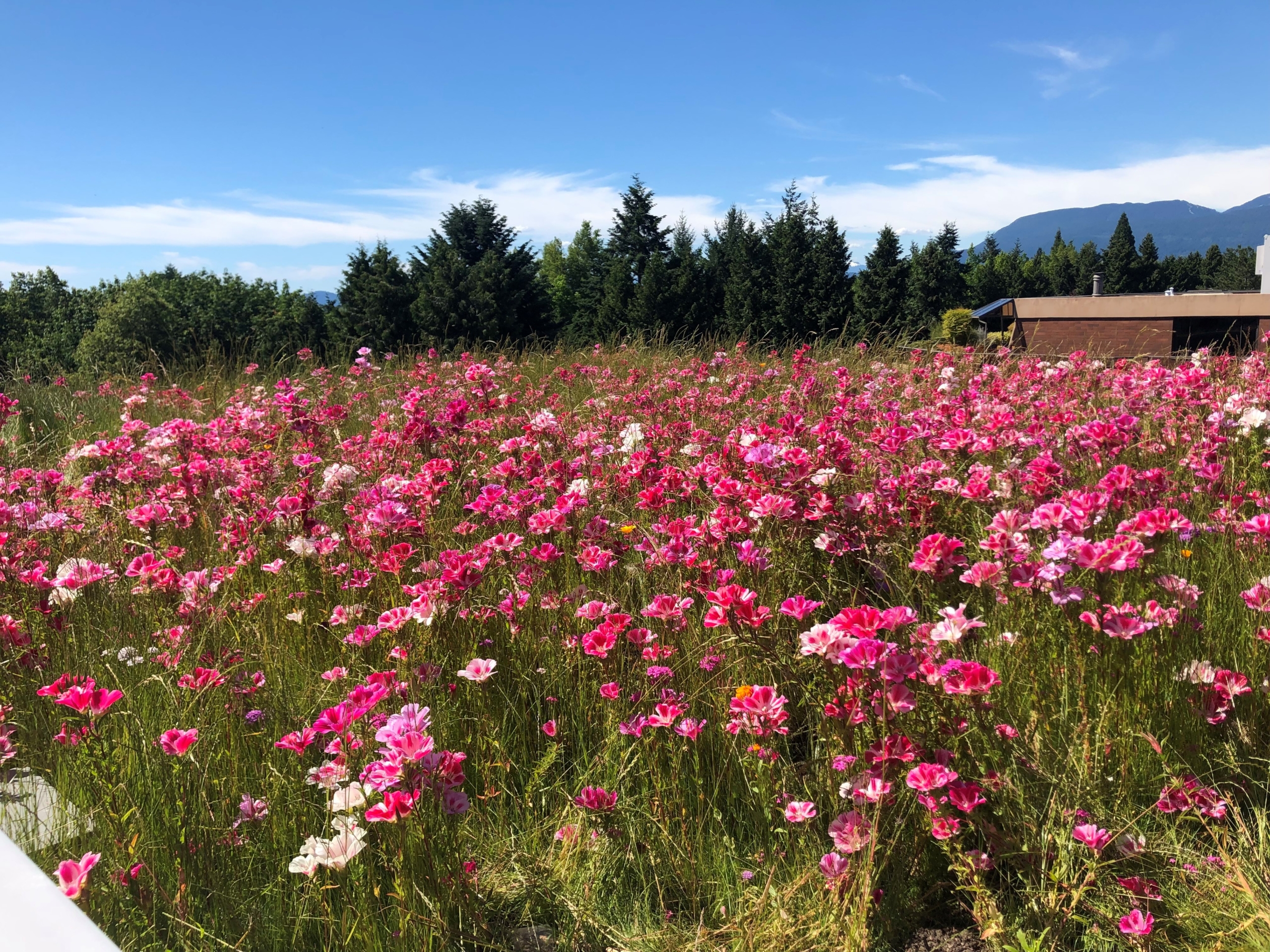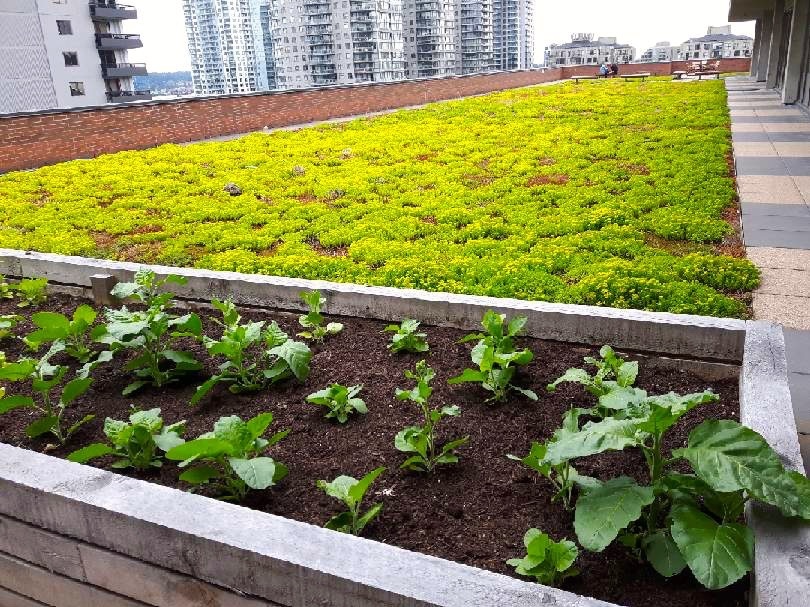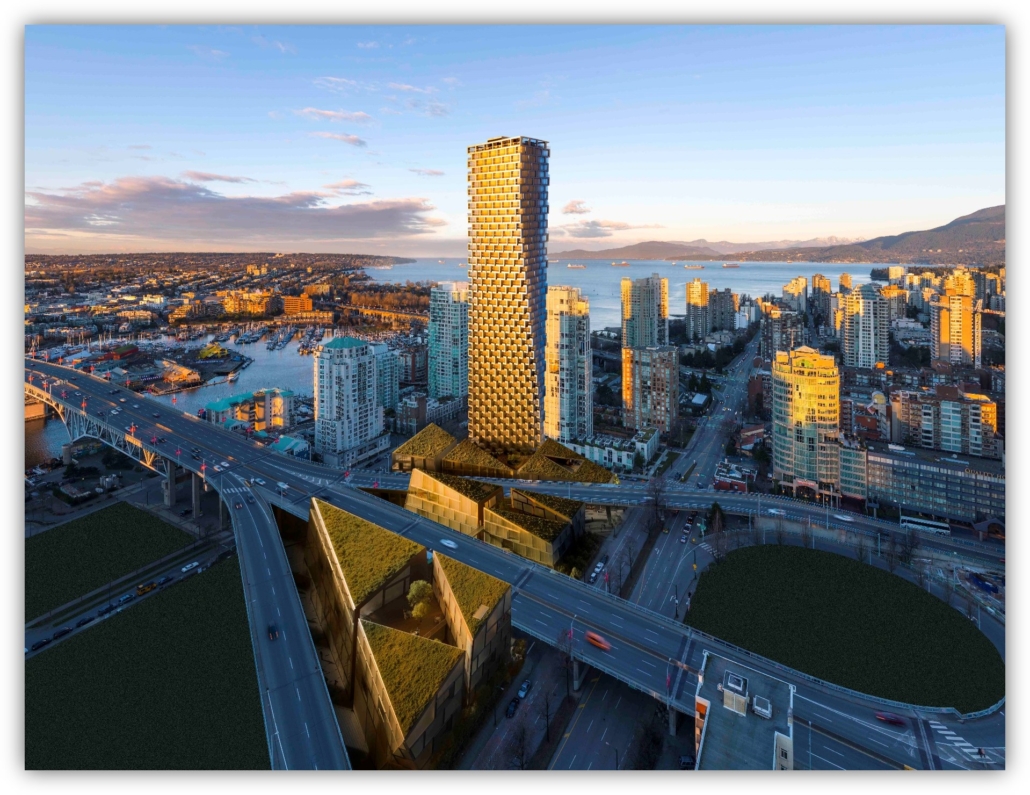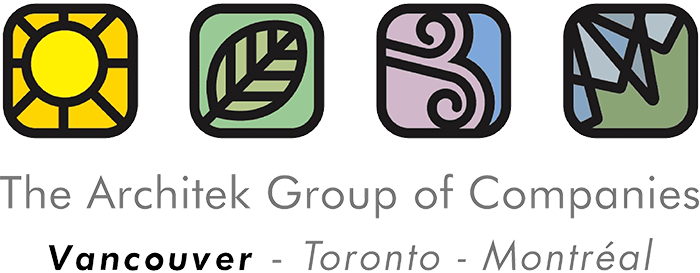In an era where urban development continues to reshape our landscapes, a pressing question emerges: When will sustainability truly take center stage in our cities? As we stand at the crossroads of progress and environmental preservation, it’s time to critically examine our approach to urban greenery and its role in creating livable, sustainable cities.
The Slow March of Green Infrastructure
Green roofs, once a novel concept, are gaining traction in urban planning. However, the pace of adoption remains frustratingly slow. Despite the proven benefits of green roofs in mitigating urban heat island effect, managing stormwater, and fostering biodiversity, many cities still struggle to implement comprehensive green infrastructure policies.
While enthusiasm for these green roofs is growing, one of the key challenges in their widespread adoption is the need for specialized knowledge and proper implementation techniques. Many well-intentioned projects fall short due to misconceptions about the materials and methods required for successful green roof installations. For instance, a common mistake is using regular topsoil instead of engineered grow media specifically designed for rooftop environments. This specialized substrate is crucial for maintaining plant health, managing water retention, and ensuring the long-term sustainability of the green roof system.
To overcome this hurdle, it’s essential to promote education and training, bringing proper green roof techniques and standards among architects, builders, and property owners.
Biophilic Design as an Afterthought in Urban Development
Urban development continues to prioritize profit maximization over the integration of natural elements. This short-sighted approach fails to recognize that nature is a necessity for human well-being and environmental health.
By treating nature or biophilic design as an afterthought, we create cities that are less resilient to climate change, more energy-intensive, and less hospitable to both human and non-human inhabitants. The long-term costs of this neglect far outweigh the short-term savings of omitting green infrastructure.
Aligning Budgets with Sustainable Outcomes
One of the key challenges in implementing green infrastructure is the perceived conflict between sustainability and economic feasibility. However, this is often a result of outdated cost-benefit analyses that fail to account for the long-term savings and benefits of green solutions. This is where developers and builders have a unique opportunity to enhance their projects and contribute to environmental sustainability by incorporating green infrastructure. Many municipalities offer compelling incentives, while provincial and federal grant programs provide additional financial support for such initiatives. These programs are designed to encourage the integration of eco-friendly features from the project’s inception through to building completion.
By taking advantage of these incentives and collaborative conversations early in the design process, developers can ensure that valuable green infrastructure elements remain integral to the project, rather than being value-engineered out as construction progresses. This approach not only benefits the environment but can also lead to significant cost savings and improved project outcomes, making it a win-win for developers, communities, and the planet. Take the step to look into what programs are offered in your areas.
Reconnecting with Nature in the Built Environment
Our modern lifestyle has created a disconnect between humans and nature, treating the natural world as a convenience rather than an integral part of our existence. This perception needs to shift if we are to create truly sustainable cities.
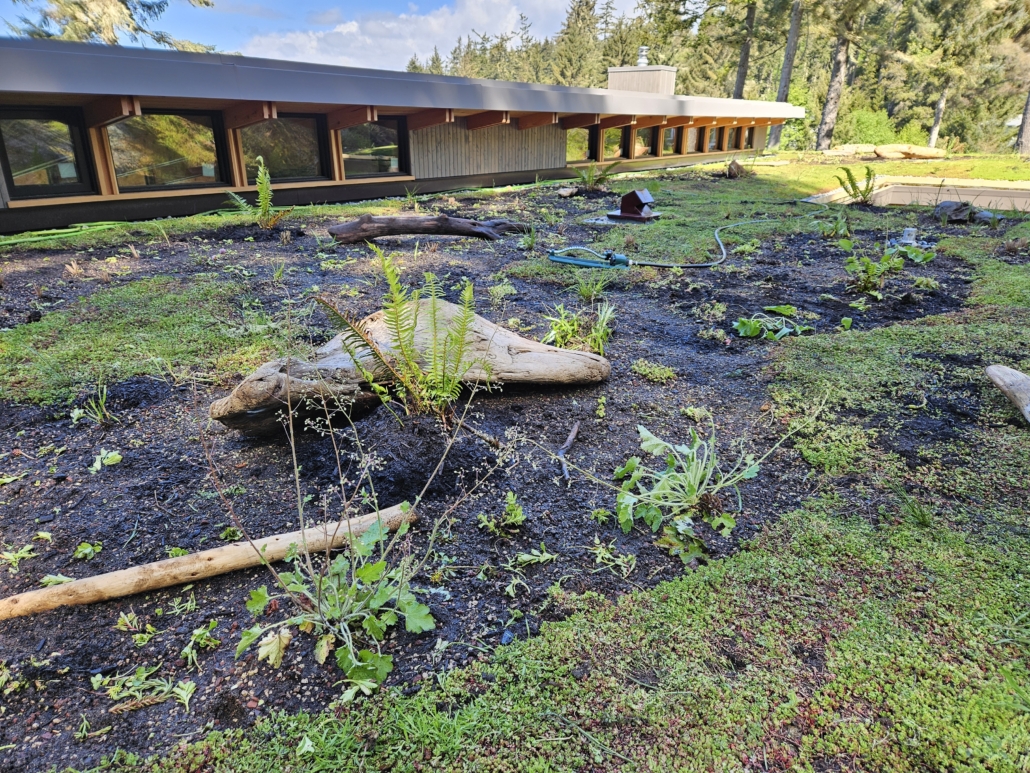
Integrating Nature into Daily Life
The goal should be to design cities where nature is not just visited on weekends, but is an ever-present part of the urban fabric. This means incorporating green roofs, green spaces, vertical gardens, and biodiverse habitats into every aspect of urban design. Additionally, comprehensive site water management solutions add a focus on stormwater mitigation and water conservation. This is another strategy that utilizes multiple high-performance technologies, including the green roofs, efficient stormwater management systems, custom landscaping, and permeable pavements, bringing green spaces to urban areas. Water conservation products such as rainwater storage tanks, pumps, filters, and recycling technologies are a part of the combination to build these biodiverse areas.
The time has come for a partnership approach with municipalities and design authorities to put forward more standards and “building blocks” for developers to get used to – small green instalments make a big difference. Urban development that prioritizes sustainability and environmental stewardship requires a fundamental shift in how we view the relationship between cities and nature.
Holding Municipalities Accountable
Local governments play a pivotal role in advancing green infrastructure by developing comprehensive and forward-thinking policies to protect the future of urban centres and serving as clear guidelines for developers and municipalities alike. By establishing high-level guidelines and design criteria for green roofs and other green infrastructure, creating easily integrable templates for project designs, and ensuring these align with municipal requirements, cities can streamline the implementation process. Crucially, these frameworks should close loopholes that have previously allowed developers and general contractors to design out important green elements. This approach creates a level playing field for all developers and builders, ensuring consistent adherence to environmental goals, and making green infrastructure a standard, non-negotiable component of urban development. By providing detailed, actionable frameworks, municipalities can effectively drive the integration of sustainable features from project inception through to completion, fostering more environmentally biodiverse responsible urban growth. This is why at Architek, we currently have one of the highest numbers of certified GPR’s (Green Roof Professionals), a certification that helps educate within the industry with training and best practices, reinitiated` in one company across Canada.
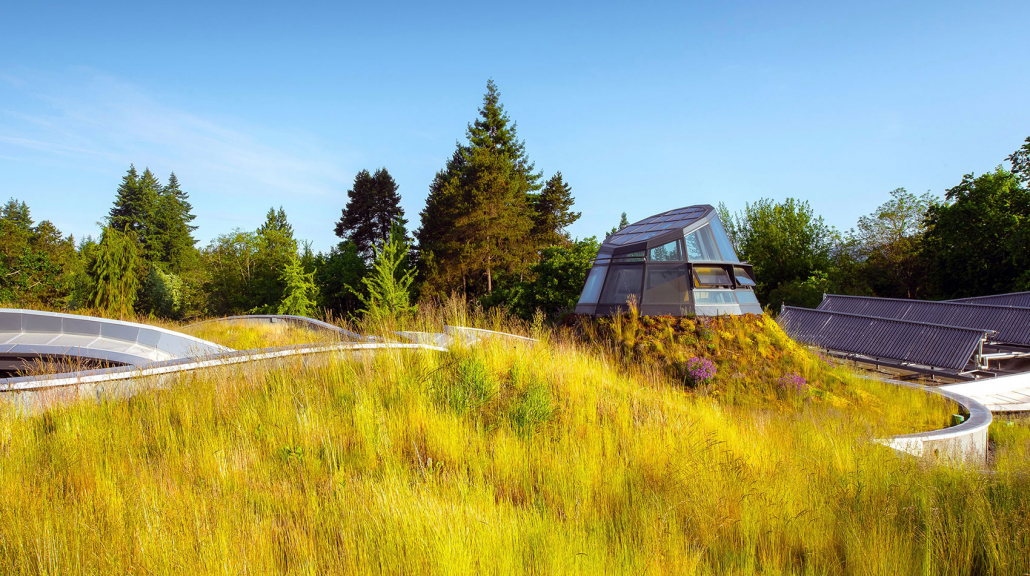
Redefining Urban Development
By emphasizing the importance of using correct materials and following best practices, together we can ensure that green roofs not only look appealing but also deliver their full range of environmental and economic benefits. As the industry continues to evolve, collaboration between experts, manufacturers, and practitioners will be key to developing and implementing high-quality, truly sustainable green roof solutions that stand the test of time.
We need to broaden our understanding of human needs in urban environments. A truly livable city is one that not only provides housing and economic opportunities but also fosters a connection with nature, supports biodiversity, and contributes to environmental health. As we face the challenges of climate change and rapid urbanization, the integration of nature into our cities is no longer optional—it’s imperative. By prioritizing green infrastructure and sustainable design, we can create urban environments that not only serve human needs but also contribute to the health of our planet. The question is no longer if we should do this, but how quickly we can make it happen. The future of our cities—and our planet—depends on it.

